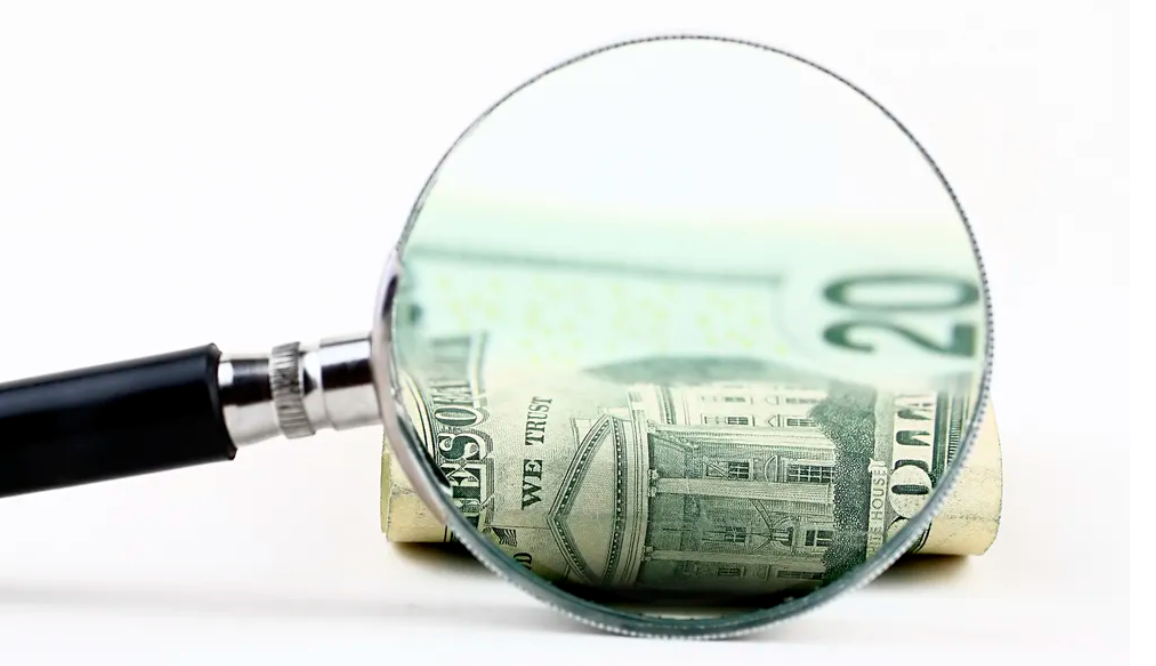Emergency savings have always been a financial safety net, providing peace of mind and a buffer against life’s unexpected expenses. While having an emergency fund is an essential aspect of financial planning, it’s crucial to periodically evaluate and reassess the adequacy of your savings stash. In this article, we’ll explore the importance of regularly checking the status of your emergency savings and provide insights into when it might be time for a reality check.
The Purpose of Emergency Savings
Emergency savings are designed to help you weather unforeseen financial storms, such as medical expenses, car repairs, unexpected home maintenance, or job loss. They act as a financial cushion that prevents you from falling into debt or dipping into your long-term investments when faced with unexpected financial burdens.
The 3 Signs It’s Time for an Emergency Savings Reality Check
Stagnation of Savings
If you haven’t actively contributed to your emergency fund for a considerable amount of time, it might be a sign that your savings are stagnating. Life is dynamic, and financial needs change. What was sufficient a few years ago may no longer cover your current expenses. Regular contributions are essential to ensure your emergency fund keeps pace with inflation and your evolving financial situation.
Changes in Your Life Circumstances
Major life events, such as marriage, the birth of a child, or purchasing a home, can significantly impact your financial needs. These changes often bring new financial responsibilities and obligations. Reevaluate your emergency fund in light of these life changes to ensure it aligns with your current circumstances.
Inadequate Coverage
The traditional rule of thumb suggests having three to six months’ worth of living expenses in your emergency fund. However, this rule is not one-size-fits-all. Depending on your individual situation, you may need more or less. If your current savings wouldn’t cover your expenses during a period of unemployment or unforeseen financial crisis, it’s time for a reality check.
Conducting an Emergency Savings Reality Check
Assess Your Current Expenses: First, calculate your monthly living expenses, including housing, utilities, groceries, transportation, insurance, and other essential bills. This will give you a baseline for your emergency fund target.
Review Your Savings Account: Check the balance in your dedicated emergency savings account. Determine how many months of expenses it would cover based on your current savings.
Evaluate Your Financial Situation: Consider any recent changes in your financial situation, such as a new job, increased income, or changes in expenses. All these factors can influence the adequacy of your emergency fund.
Set Realistic Goals: Determine the level of emergency savings you need based on your expenses and financial situation. This may be more or less than the traditional advice of three to six months.
Create a Contribution Plan: If your emergency fund falls short of your goals, create a contribution plan to increase your savings. Set up automatic transfers to your emergency fund account to ensure consistent growth.
Consider High-Yield Savings: If your emergency fund is substantial, consider moving it to a high-yield savings account to earn a more competitive interest rate while maintaining liquidity.
The Importance of an Emergency Savings Reality Check
Regularly assessing your emergency savings is vital for several reasons:
Adaptation to Change: Life is full of changes, and your emergency fund should adapt to your evolving circumstances. Regular reality checks ensure your savings remain relevant and effective.
Peace of Mind: Knowing that you have adequate emergency savings provides peace of mind, especially during uncertain times. It reduces financial stress and allows you to focus on other aspects of your life.
Protection Against Debt: Inadequate emergency savings may lead to high-interest debt or the need to tap into retirement accounts. A robust emergency fund can protect your long-term financial goals.
Flexibility: An actively managed emergency fund gives you the flexibility to handle unexpected expenses without disrupting your regular budget.
Financial Resilience: A well-funded emergency savings account is a pillar of financial resilience. It allows you to bounce back from unexpected financial setbacks with confidence.
While having an emergency savings fund is essential, its adequacy is equally critical. Conducting regular reality checks of your emergency savings helps ensure it aligns with your current financial situation, expenses, and needs. The financial security and peace of mind that come with a well-maintained emergency fund make the effort of periodic assessments worthwhile. Whether you need to make adjustments or simply reaffirm that you’re on the right track, taking the time for an emergency savings reality check is a prudent financial practice.


